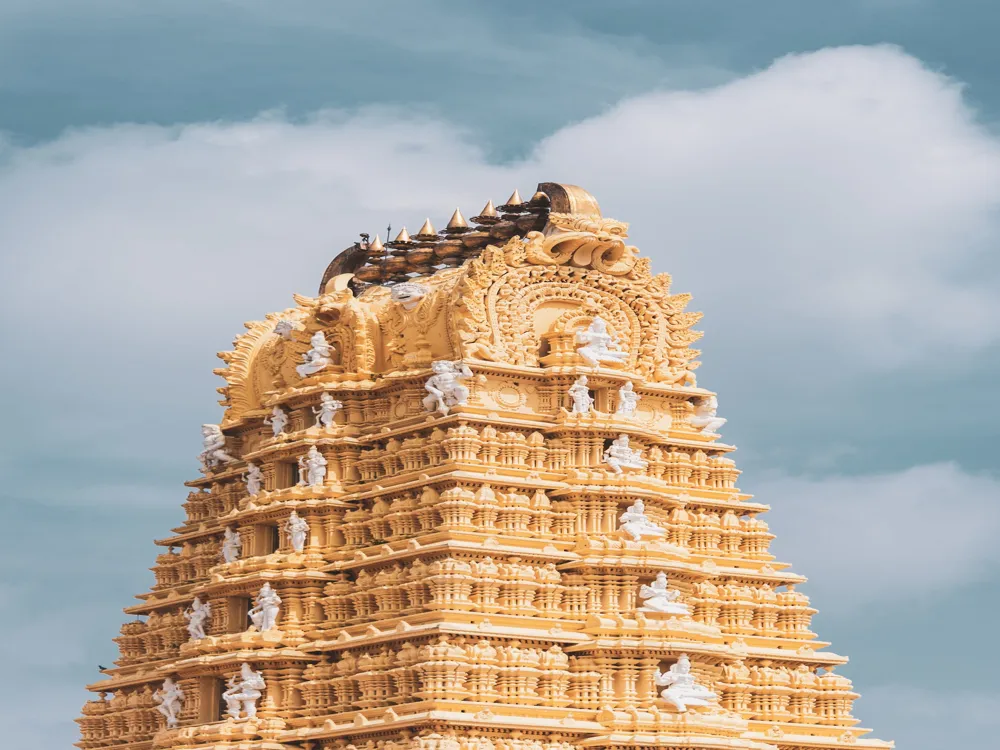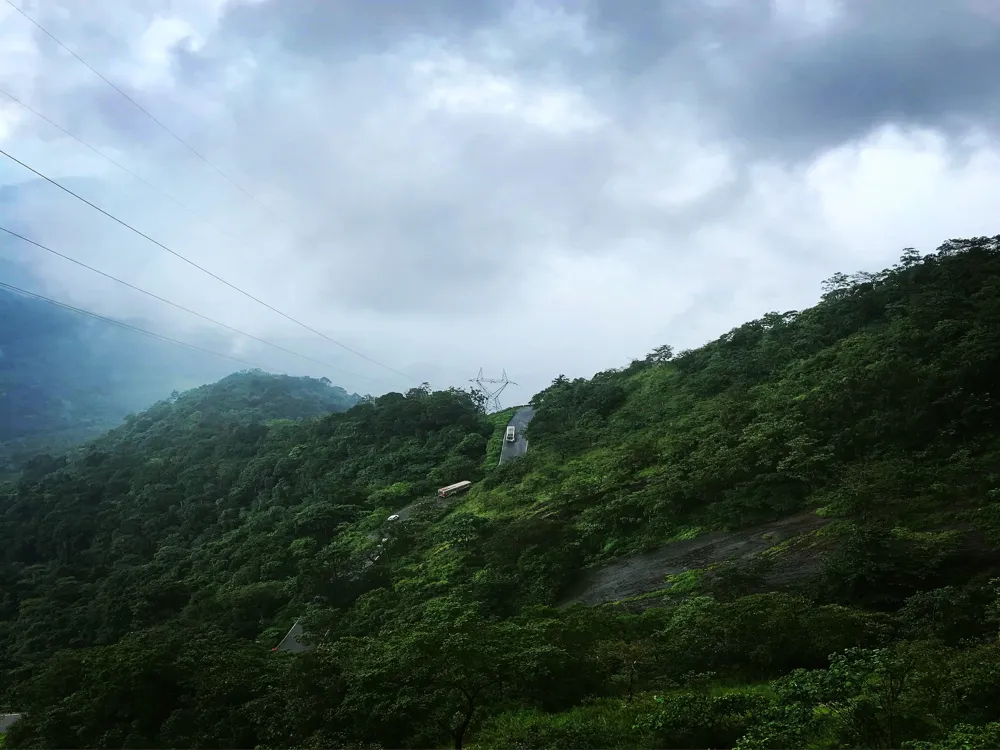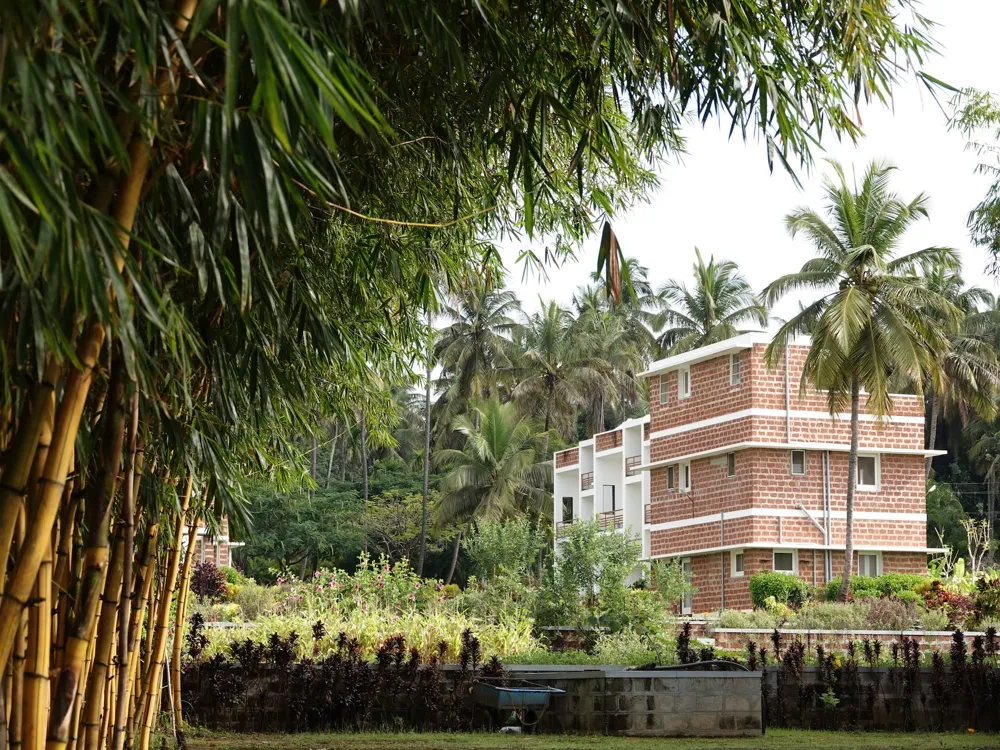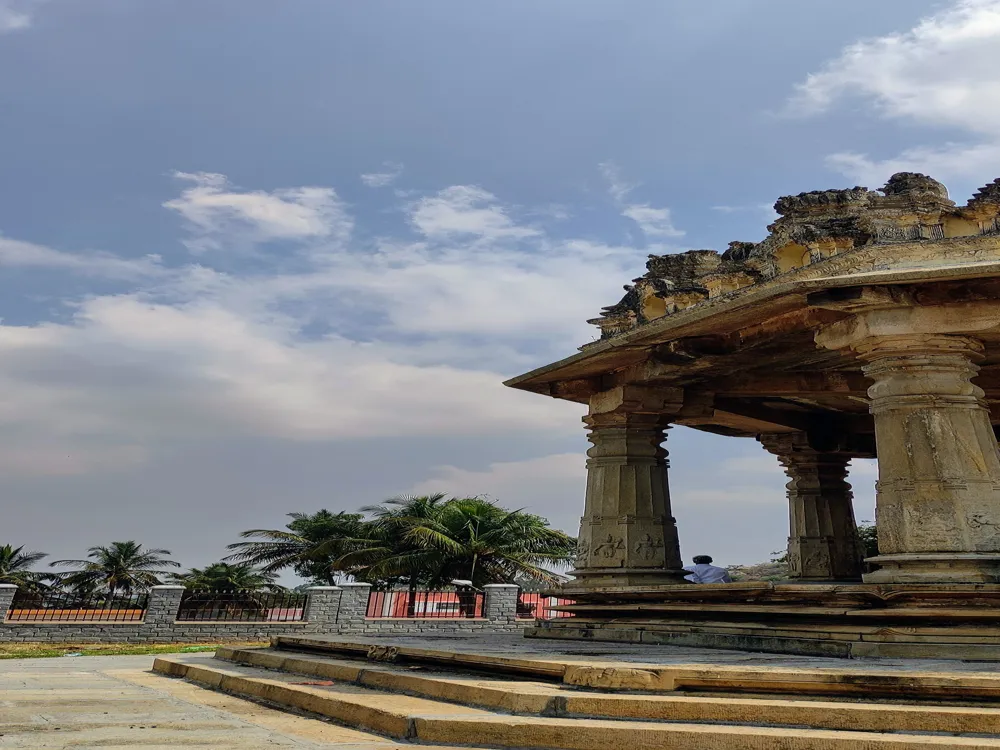Nestled in the historic city of Mysore in Karnataka, the Trinesvaraswamy Temple stands as a testament to the rich cultural and religious heritage of India. This ancient temple, dedicated to Lord Shiva, holds a special place in the hearts of devotees and history enthusiasts alike. The temple's origin dates back centuries, making it not just a place of worship but also a beacon of historical significance. The Trinesvaraswamy Temple's story is intertwined with the history of Mysore itself, offering insights into the past dynasties and cultural evolutions of the region. As visitors step into the temple complex, they are greeted by a serene ambiance that transcends time. The temple, while being a pivotal religious site, also serves as a hub for various cultural and spiritual activities throughout the year, attracting visitors from across the globe. The architectural brilliance of the temple is evident in its intricate carvings, majestic gopuram, and the harmonious blend of various architectural styles that have evolved over centuries. The temple not only embodies the spiritual ethos of India but also showcases the extraordinary craftsmanship of the artisans of the bygone eras. The architecture of the Trinesvaraswamy Temple is a splendid example of the architectural prowess of ancient India. Built primarily in the Dravidian style, the temple features characteristic elements such as a towering gopuram (gateway tower), a pillared hall, and a sanctum sanctorum housing the deity. The gopuram, adorned with intricate sculptures and carvings, narrates stories from Hindu mythology, serving as a visual feast for the eyes. The walls and pillars of the temple are embellished with detailed carvings depicting various deities, scenes from sacred texts, and motifs symbolizing prosperity and good fortune. One of the most striking features of the Trinesvaraswamy Temple's architecture is the harmonious integration of various styles that have been incorporated over different periods. Elements of the Vijayanagara and Hoysala architectural styles can be seen, reflecting the temple's long-standing history and the various dynasties that have contributed to its construction and renovation. The temple's layout is designed in accordance with ancient Vastu principles, creating a space that is not only aesthetically pleasing but also spiritually uplifting. When visiting the Trinesvaraswamy Temple, it is important to observe and respect the local customs and traditions. Dress modestly, remove footwear before entering the temple premises, and maintain the sanctity of the temple by not engaging in loud conversations or disruptive behavior. While photography might be allowed in certain areas of the temple, it is crucial to adhere to the temple's photography rules. Some areas, especially the inner sanctum, may prohibit photography to maintain the sacredness of the space. The ideal time to visit the Trinesvaraswamy Temple is during the cooler months of the year, from October to March. The temple also hosts various festivals and special poojas throughout the year, offering a unique experience to visitors. The Trinesvaraswamy Temple, located in Mysore, is easily accessible by various modes of transport. The nearest airport is the Mysore Airport, which is well-connected to major cities in India. For those traveling by train, the Mysore Railway Station is the closest, offering convenient access to the temple. Additionally, Mysore is well-connected by road, with several buses and taxis available for a comfortable journey to the temple. Read More:Overview of Trinesvaraswamy Temple, Mysore, Karnataka
Architecture of Trinesvaraswamy Temple
Tips When Visiting Trinesvaraswamy Temple
Respect the Temple Etiquette
Photography Guidelines
Best Time to Visit
How To Reach Trinesvaraswamy Temple
Trinesvaraswamy Temple
Mysore
Karnataka
NaN onwards
View mysore Packages
Mysore Travel Packages
View All Packages For Mysore
Top Hotel Collections for Mysore

Private Pool

Luxury Hotels

5-Star Hotels

Pet Friendly
Top Hotels Near Mysore
Other Top Ranking Places In Mysore
View All Places To Visit In mysore
View mysore Packages
Mysore Travel Packages
View All Packages For Mysore
Top Hotel Collections for Mysore

Private Pool

Luxury Hotels

5-Star Hotels

Pet Friendly






















